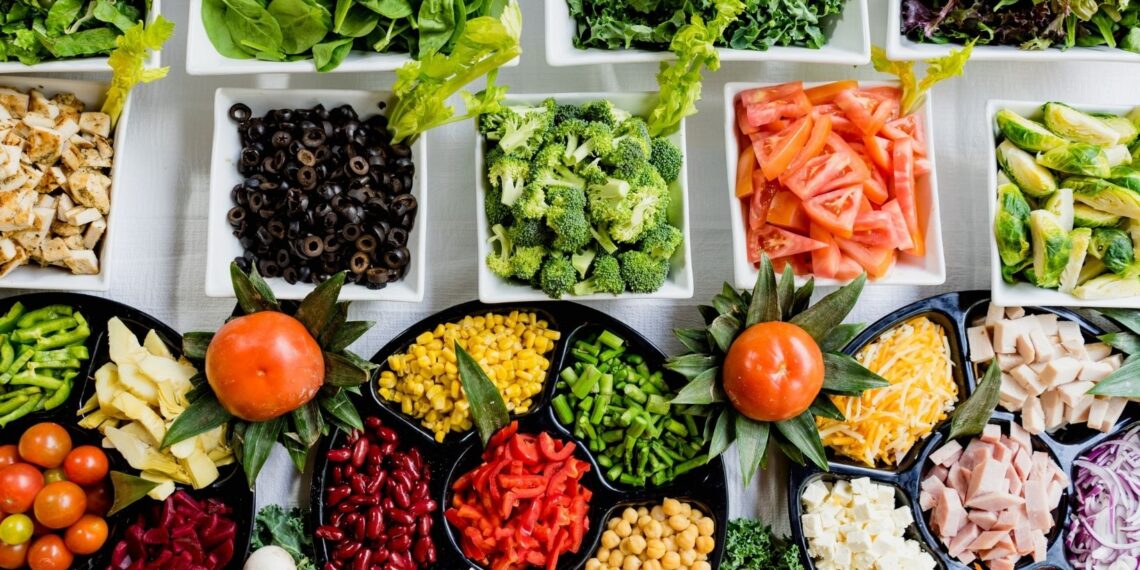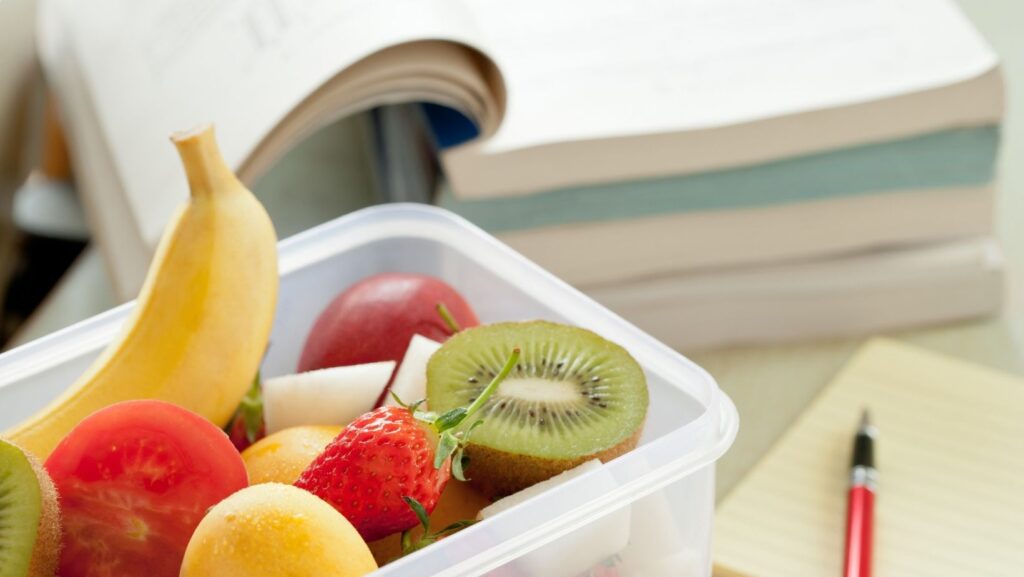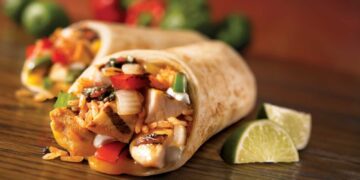School-age – a time of physical, intellectual, moral formation, and active development of the child. Today, students have to “process” an increasing pressure of information flow, affecting them at school and home. The additional load on the child’s body and the school program are additional classes in clubs and sports sections, so the children’s food must be balanced and healthy. The paper writer service has prepared helpful nutritional tips to help a student learn.
CERTAIN HOURS
Many parents believe that when it comes to schoolchildren’s nutrition, the main thing is to trust their intuition and common sense. However, it is important to know and understand the principles of rational nutrition and food hygiene rules.
– One of the important principles is the eating schedule,” says the nutritionist. – Good appetite, better digestion, and absorption of food contribute to the number of meals, the intervals between them, the distribution of the diet on the energy value and chemical composition, the food set, and even the mass of food. And eating at certain hours helps full digestion and prevents gastrointestinal diseases.
At our request, the nutritionist identified several rules of rational nutrition:
- Eat four to five meals a day;
- Eliminate unplanned snacks between meals;
- The break between breakfast and lunch, lunch and dinner should be 4-5 hours, the interval between dinner and going to bed – 3-4 hours;
- It is better to eat at a strictly scheduled time, this rule plays a huge role in the formation of conditioned reflex reactions (secretion of saliva, gastric juice);
- the duration of a meal should not be less than 20-30 minutes;
- it is important to chew food carefully and unhurriedly;
- eat in a comfortable environment, without the distraction of gadgets or books. It is recommended that the energy content of the diet at four-hour meals: breakfast – 25%, second breakfast or afternoon snack – 20%, lunch – 35%, dinner – 15-20%.
As for the balance and harmony of the diet composition for all food components (proteins, fats, carbohydrates, micronutrients), the content of proteins, fats and carbohydrates should be maintained at about 1:1:4. Plant and animal proteins should be at a ratio of 2:3, and fat – mainly vegetables. The diet must be present all kinds of dairy, meat, fish, eggs, vegetables, fruits, nuts, and vegetable oil.
Another important principle of nutrition is gentle cooking that provides micronutrient preservation of foods during cooking (baking, boiling, steaming), limiting or excluding the frying and deep-fat frying.
Cooking for children is best done with fresh products, respecting the seasonality. You can also use fresh-frozen ingredients.
PORRIDGE IS OUR EVERYTHING!
The most common mistake, according to experts, is skipping breakfast.
– According to recent studies, those who do not skip breakfast have, on average, a 7% faster metabolism. And those who regularly skip breakfast correspondingly slow down their metabolism. Skillfully selected breakfast plays an important role in the life and health of the child and prevents the accumulation of excess weight. Breakfast should be light. And the best source of energy for the brain is a breakfast rich in complex carbohydrates, which is porridge.
Another mistake the nutritionist believes is to give the child snack foods consisting of simple carbohydrates: candy, chocolate, waffles, and other sweets. They are not suitable for a complete snack. Try to offer your child a healthy alternative: apple marshmallows, candy from nuts, and dried fruits. It is known that dried fruit also has a lot of sugar, but this is smoothed out by their increased content of useful macro-and micronutrients such as potassium, chromium, and even iron.
Dietitians also consider the lack of protein intake in children quite a serious problem. Everyone needs protein because it is the building material for cells. Unlike fats and carbohydrates, proteins do not accumulate in the body. A protein deficiency is the most common cause of poor performance, moodiness, and weakness. It is therefore important to include proteins in children’s diet, such as white and red meat and fish. But do not forget about vegetable proteins such as buckwheat, spinach, and Brussels sprouts.
It’s not uncommon for parents, tired at work, to dine at home with half-cooked meals. It is convenient because it takes very little time to prepare them. But such food has a big disadvantage – high caloric content. The latter is explained by the fact that the manufacturer most often adds by-products, fat, and trimmings to semi-finished products, which is unhealthy, especially for children.
We also consider it a disadvantage to neglect vegetables, fruits, and berries. They are a source of many vitamins, microelements, and fiber.
– Most seasonal products are easy to digest and suitable for a healthy diet, – said the nutritionist. – It is recommended to eat at least 300 grams of fruit and 400 grams of vegetables daily.

















